kafal
Kafal Is A Traditional Plant It Has Medicinal Properties in It. The scientific name of Kafal Is Myrica Esculenta Kafal Is From Myricaceae Family. Kafal Is Commonly Found In Northern India Or Sub Himalayas Traditionally It Is Used For Making Medicines It’s Used To Treat Several Ailments Such As Asthma, Cough, Chronic Bronchitis, Ulcers, Inflammation, Anemia, Fever, Diarrhea, And Ear, Nose, And Throat Disorders. Kafal’s Fruit Has A Seed It Is Also The State Fruit Of Uttarakhand Kafal usually grows in a bunch the fruit of kafal becomes black when it’s ready to eat. when it is raw it is green or red in color kafal is also known as dev phalee because it is also rare for goods kafal are found in the hilly region as it requires cold weather to grow, unlike most of the fruits. to grow, unlike most of the fruits. Kafal is a very much loved fruit of Uttarakhand, which also has an ancient story related to it. According to the people of Uttarakhand once, there was a woman who brought a basketful of kafal from the forest and ask her daughter not to eat any of them and keep a watch over the basket full of kafal until she would be back after fetching some water from the nearby spring. On the return of the women from the spring, the kafal looked fewer. She immediately slapped her daughter for not following her instructions. The woman did not realize that the kafal looked fewer as they shrunk due to the scrounging heat. As soon as the woman slapped her beautiful daughter, she died and turned into a cuckoo. Ever since, every year in May and the beginning of June, the cuckoo sings “kafal pako min nee chakho” in Kumaoni language that means I didn’t eat the Kafal
Dudil
Euphorbia hirta is used in making traditional medicine in local language it is also known as dudil and has been used for decade’s against disease such as asthma, and hypertension, skin ailments. preceding research result is that Euphorbia hirta has Anti-infective properties ,. To date, no research have identified the physical effects of this herb on the organs of animals. The aim of this research was to identify the effects of Euphorbia hirta on the Morphologic of the murine liver, kidney and aorta The main objective of the research was to improve the immune power of Cyprinus carpio with Euphorbia hirta plant leaf elixir as replication. The haematological, immunological and enzymatic research were conducted on the medicated fish altered with Aeromonas hydrophila pathogen. The results obtained from the haematological studies the result was that the red blood cells count, white blood cell count and haemoglobin content started rising in the infected fish at higher concentration of leaf elixir. The feeds with leaf elixir of Euphorbia hirta were able to stimulate the particular immune response by increasing the titre value of antibody. It was able to restorative the antibody production only up to the 5th day, when fed with higher concentrations of (25 g and 50 g) plant leaf elixir. The plant elixir showed non-specific immune responses such as lysozyme activity, phagocytic ratio, NBT assay, etc.
Bhimal
Bhimal tree (Grewia optiva) also known as bheku, beul or ‘todana’ in sanskrit is a medium sized deciduous tree species.Grewia optiva is a small to medium-sized tree reaching a height of 13-15 m. The bole can reach 0.8-1m in diameter. The trunk is straight with ashy-white bark. The bark is thick and roughish, peeling in small woody scales. The branches are spreading, young shoots divaricate, rough with stellate tomentum. The leaves are opposite, petiolated with blades tomentose on both sides, rough, ovate to broadly ovate, 3.5-10 cm long x 2-6.5 cm broad. The inflorescence is a cyme bearing 2 to 8 yellowish-red flowers, 3.5 cm in diameter. The fruit is an edible drupe, olive green in colour, then black when ripe.
This forest tree species has multipurpose medicinal and economic value. It is found up to altitude of 1800-2000 m in the north-west Himalayas. The tree has high endurance and can survive Himalayan frosts. It prefers growing on sandy loam soil with adequate moisture but habitation ecology varies too. Also, it’s an important forage tree species providing leaf fodder, fibre, and fuelwood. In Uttarakhand, besides Oak, it is one of the most preferred species to feed cattle. The wood is used in making various machinary tools.The fibrous woody material is used to make ropes, handicrafts and high quality paper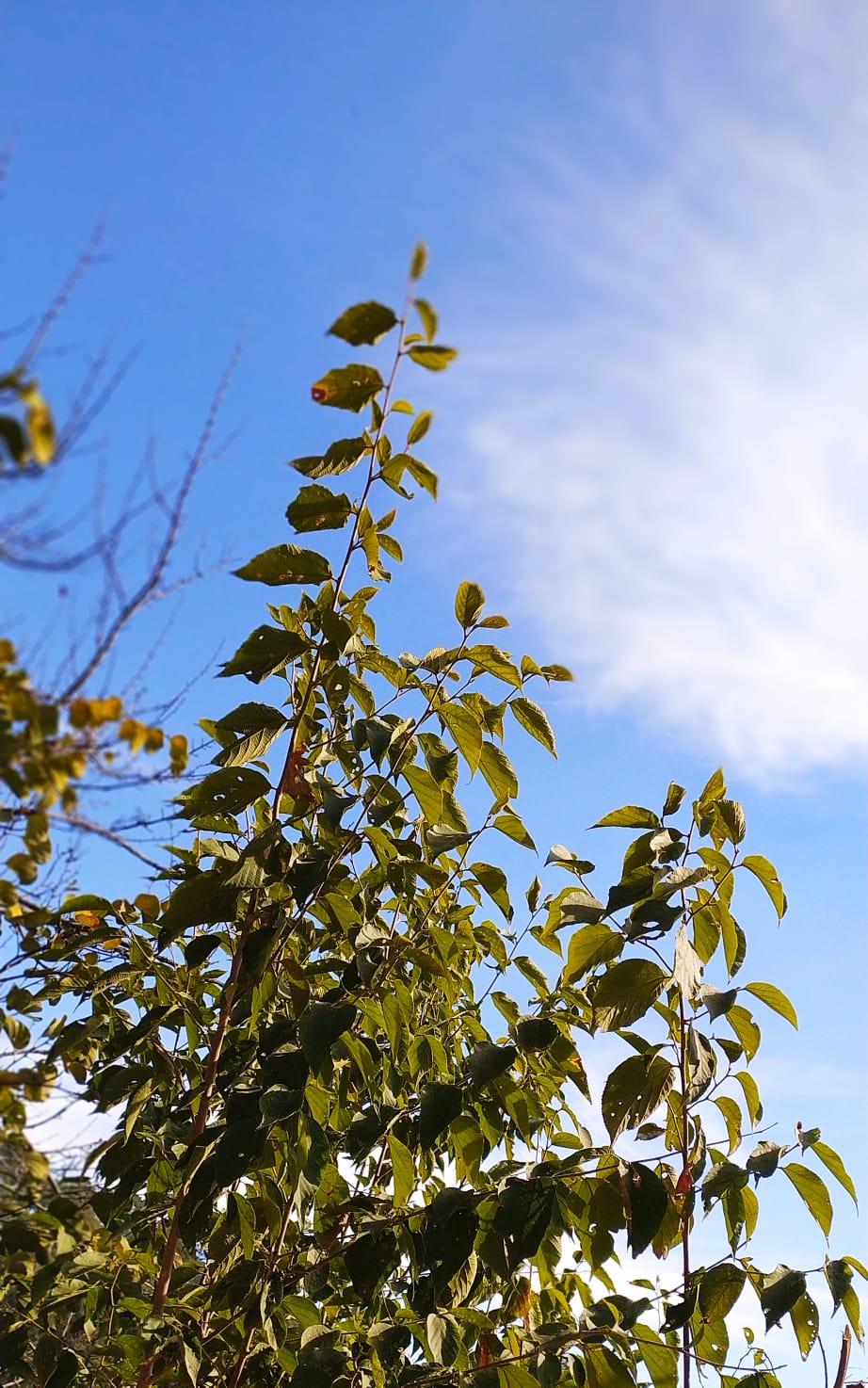
Panger
Common name: sweet chestnut
Local name: Pangar
Scientific name: Castanea sativa
Sweet chestnut is a deciduous tree which can reach 35m when mature and live for up to 700 years. They belong to the same family as oaks and beeches. The bark is grey-purple and smooth, and develops vertical fissures with age. The twigs are purple-brown and buds are plum, red-brown and oval in shape. They can develop vast girths which can reach up to 2m in diameter.Sweet chestnut timber is similar to oak but is more lightweight and easier to work. It has a straight grain when young, but this spirals in older trees. It can be used for carpentry, joinery and furniture.Sweet chestnuts are a rich source of vitamins C (the only nut that is) and B, and minerals including magnesium, potassium and iron. Their high level of starch is similar to that of wheat and twice as high as the potato.

Padam
Name: Wild Himalayan cherry
Local Name: Paiynaa
Scientific Name: Prunus cerasoides
Origin East Asia, South Asia and Southeast Asia
Colors Initially yellow turns red as it ripens
Shapes Ovoid fruit 1.2-1.5 cm long, about 15 mm in diameter, glabrous, shining, supported by base of calyx tube
Taste Astringent
Health benefits Beneficial for backaches, hemicranias, fractured bone, painful outgrowth below lounge, burn, indigestion, leucoderma, leprosy, erysipelas, burnings, vomiting, asthma, hiccough thirst, diarrhea and cardiac debility
Usage:
Juice of the bark is applied externally to treat backaches.
Bark paste is applied over the forehead for hemicranias and is also used as plaster for fractured bone, painful outgrowth below lounge, burn, indigestion, fever, foot and mouth diseases and dislocations. Paste of bark also used in wound healing.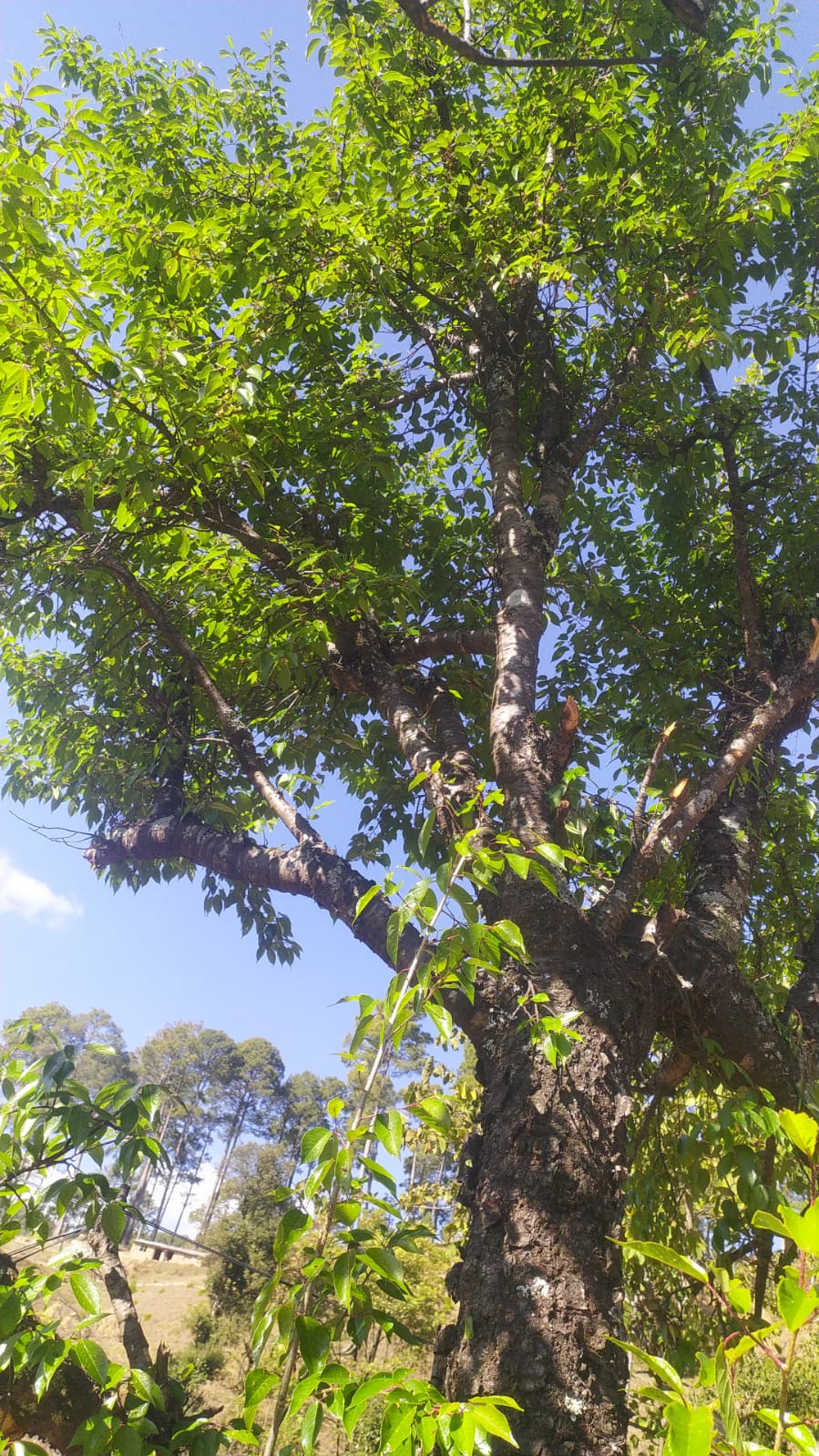
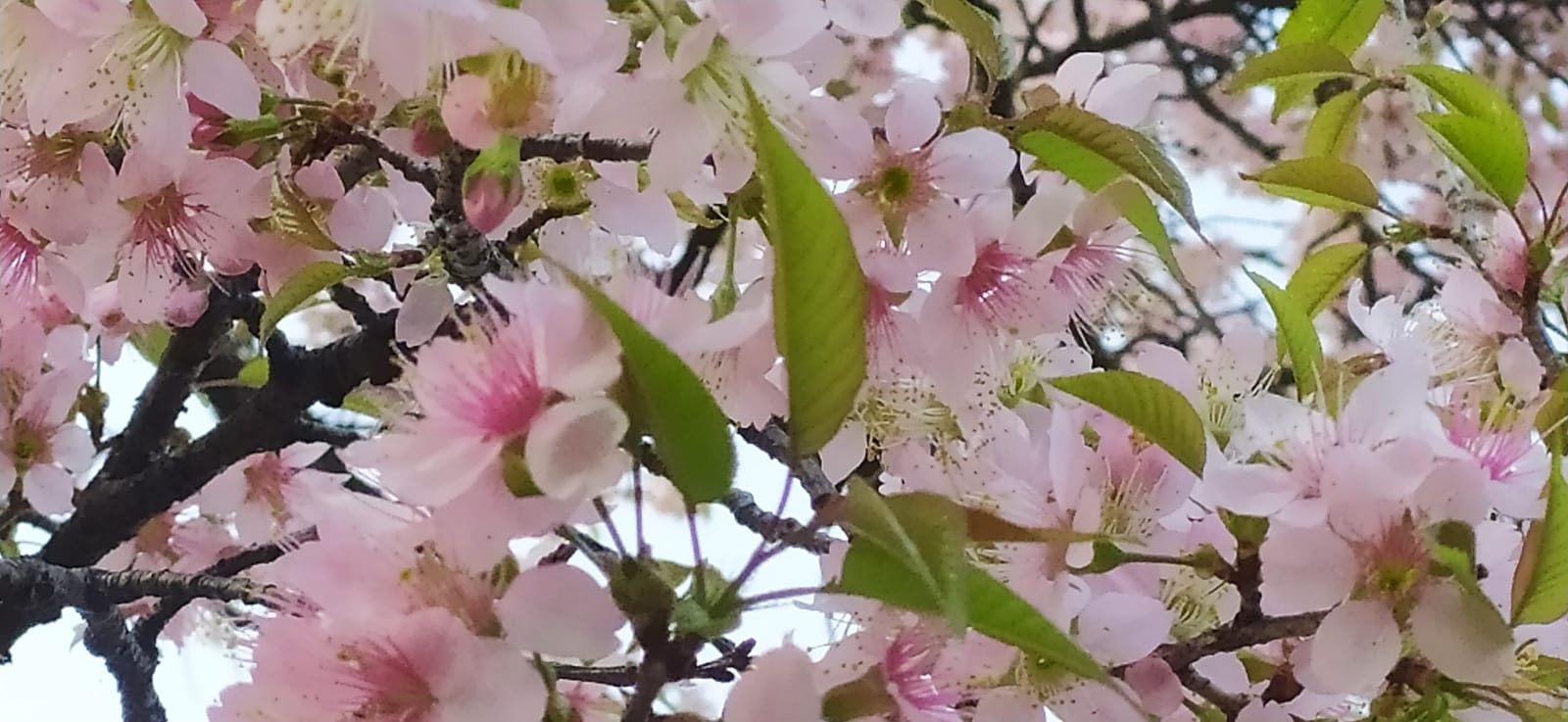 oak
oak
oak tree
An oak is a tree which is found in northern Himalayas there are approximately 500 extant species of oak. The scientific name of oak is Quercus. Oak is the organism in the kingdom Planate. Oak trees forest that are few hundred years old up to 45 meters tall or 148 feet. An oak tree height can very depending on its age .
.
pear
While pears were first found in China, they are native to Europe, North Africa, and Asia. Today, the fruit is grown all over the world.
Pears are easy to grow and grow best in a temperate, cool climate.
The fruit will ripen off the tree and in a warm area.
There are a variety of ways to enjoy the fruit. They can be eaten fresh, canned, or baked into a yummy dessert.
This fruit has numerous health benefits. They have high levels of vitamins and antioxidants and can also aide in digestion and weight loss.
The wood from these fruit trees can be used to create instruments, furniture, and other items.
China is the largest producer of pears in the world followed by Europe, with the United States coming in as the third largest producer.
The five states within the United States that produce the most pears are Washington, Oregon, California, New York, and Michigan.
In 2005, the pear became the official state fruit of Oregon.
Berberis aristata
Berberis aristata, also known as Indian barberry, “chutro” or tree turmeric, is a shrub belonging to the family Berberidaceae and the genus Berberis. The genus comprises approximately 450-500 species of deciduous evergreen shrubs and is found in the temperate and sub-tropical regions of Asia, Europe, and America. B. aristata is native to the Himalayas in India and in Nepal.
Medicinal uses
Chemical structure of berberine, an alkaloid found in B. aristata
In India, B. aristata is used in traditional herbal medicine. Its stem, roots, and fruits are used in Ayurveda.
A preparation called rasaunt is prepared by boiling the bark of the root and of the lower part of the stem in water. The solution is then strained and evaporated until a semi-solid mass, rasaunt, is obtained. It is mixed with either butter and alum, or with opium and lime-juice.
The root bark contains the bitter alkaloid berberine, which has been studied for its potential pharmacological properties
Chamomile
Chamomile is one of the most ancient medicinal herbs known to mankind. It is a member of Asteraceae/Compositae family and represented by two common varieties. Chamomile preparations are commonly used for many human ailments such as hay fever, inflammation, muscle spasms, menstrual disorders, insomnia, ulcers wounds and rheumatic pain,. Essential oils of chamomile are used extensively in cosmetics and aromatherapy.
Promote good sleep and helps in insomnia
Chamomile reduces inflammation and boost immune system.
It hel[ps to maintain gut health and helps in nausea upset stomach and indigestion .
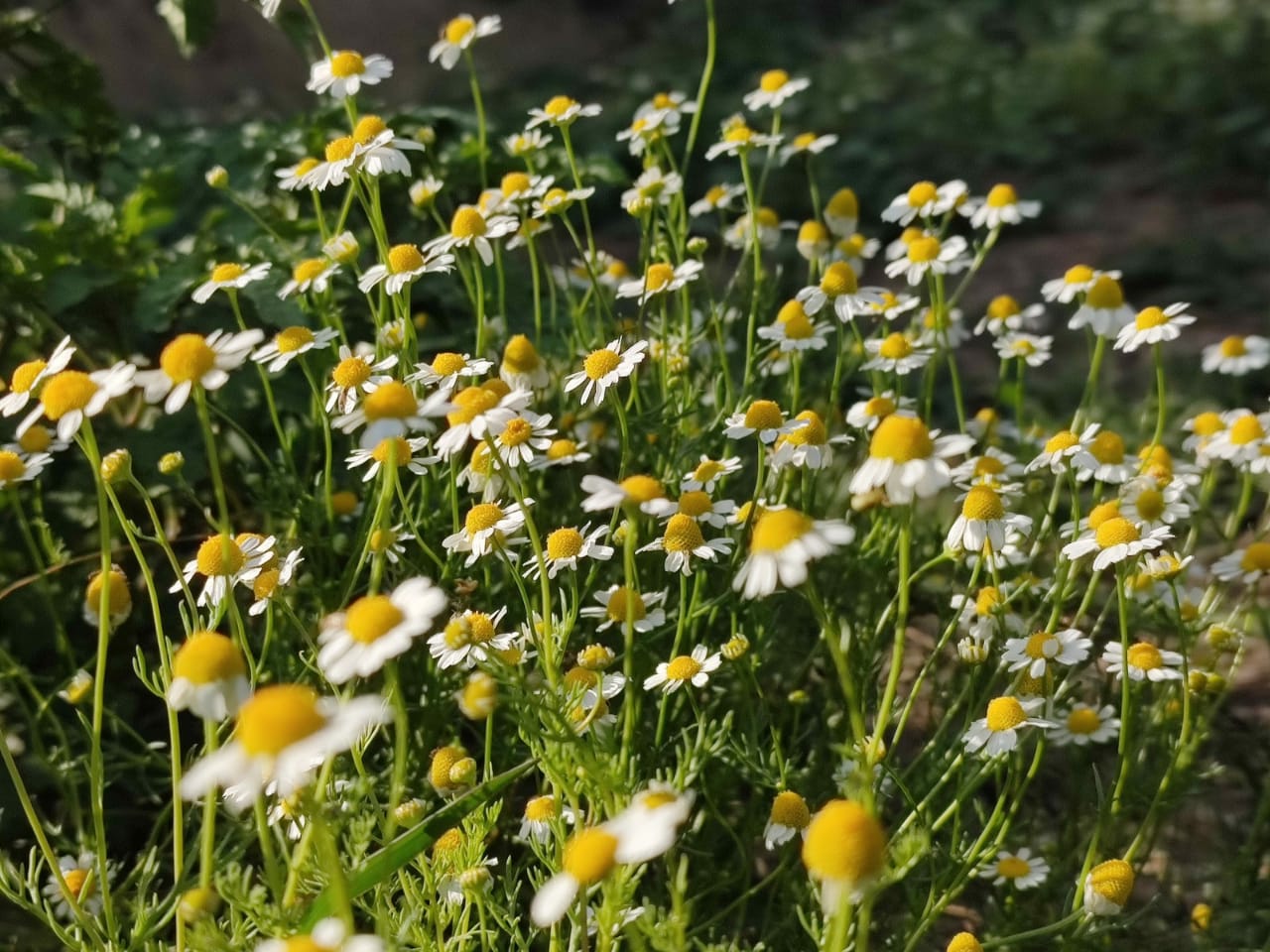
lemongrass
Scientific name-cymbopogon
Local name- lemon grass
Uses-medical use and tea
English name –lemon grass
Animal kingdom- plantae
Part uses- leaf
Family name -poaceae
Lemon grass is a plant uses in medical use and tea it smells like lemon that’s why its name is lemon grass
Benefits of lemongrass are lemon grass has antioxidant as well antibacterial properties
It might help to reduce pain and swelling and it may regulate sugar and cholesterol in blood. 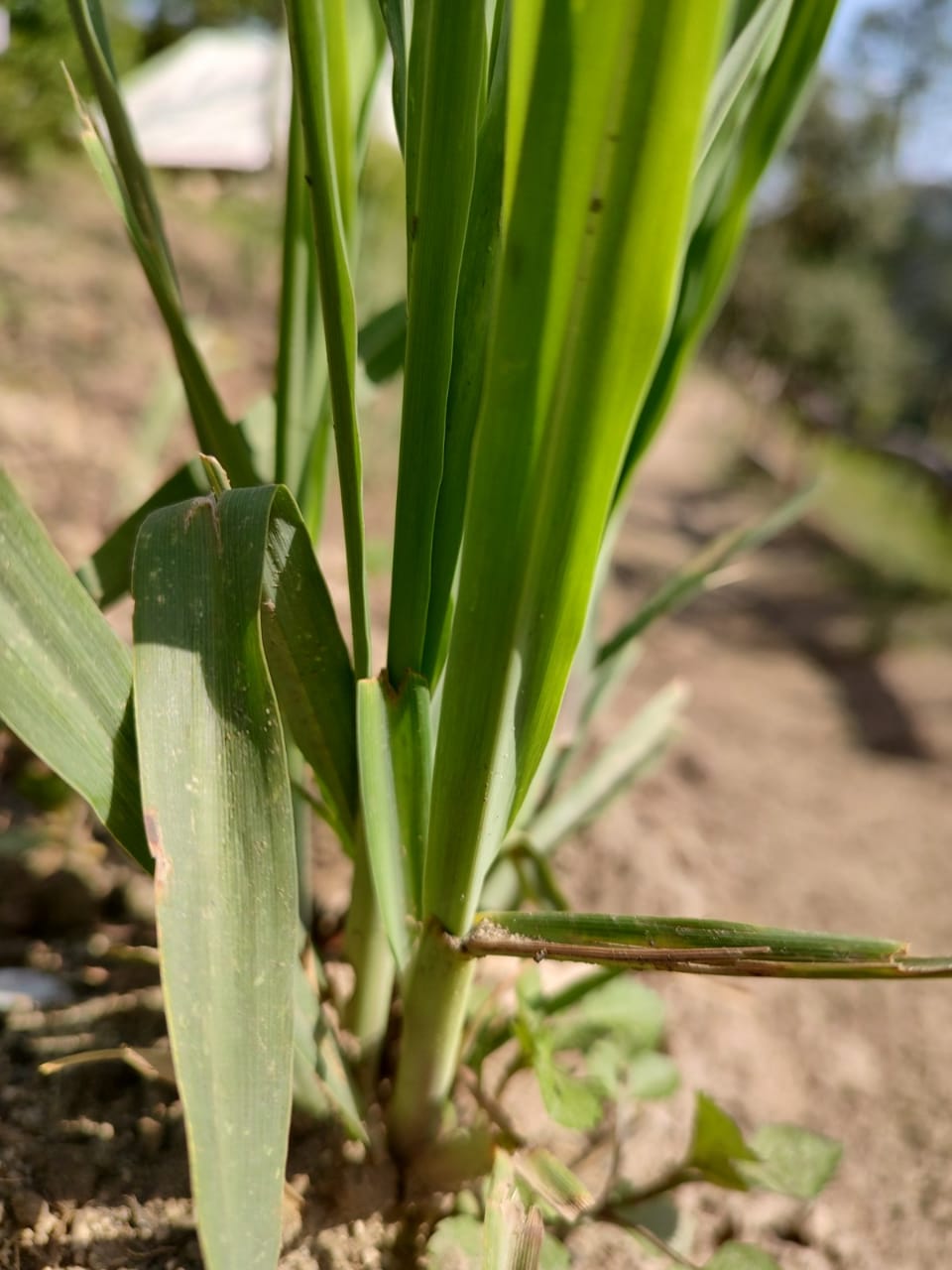
tulsi
Scientific name- Ocimum sanctum
Local name- Holy Basil
Uses- Medicinal purposes, herbal tea, religious rituals
English name – Holy Basil
Animal kingdom- Plantae
Part uses- Leaf
Family name – Lamiaceae
Tulsi is a medicinal plant widely used in Ayurvedic treatments and herbal teas. It has a distinct aromatic fragrance and is considered sacred in many cultures.
Benefits of Tulsi are that it has antioxidant as well as antibacterial properties.

thyme
Scientific name- Thymus vulgaris
Local name- Thyme
Uses- Culinary, medicinal, aromatherapy
English name – Thyme
Animal kingdom- Plantae
Part uses- Leaf
Family name – Lamiaceae
Thyme is a herb widely used in cooking and traditional medicine. It has a strong, earthy aroma and is known for its antimicrobial properties.
Benefits of Thyme are that it has antioxidant as well as antibacterial properties.

lemon balm
Scientific name- Melissa officinalis
Local name- Lemon Balm
Uses- Medicinal, culinary, aromatherapy
English name – Lemon Balm
Animal kingdom- Plantae
Part uses- Leaf
Family name – Lamiaceae
Lemon Balm is a herb known for its calming properties. It is widely used in teas, essential oils, and natural remedies for stress relief.
Benefits of Lemon Balm include its antioxidant and antibacterial properties.
oregano
Scientific name- Origanum vulgare
Local name- Oregano
Uses- Culinary, medicinal, aromatherapy
English name – Oregano
Animal kingdom- Plantae
Part uses- Leaf
Family name – Lamiaceae
Oregano is a popular herb known for its strong, aromatic flavor. It is widely used in cooking, traditional medicine, and essential oils.
Benefits of Oregano include its antioxidant and antibacterial properties.
kapoor kachri
Scientific name- Hedychium spicatum
Local name- Kapoor Kachri
Uses- Medicinal, hair care, aromatherapy
English name – Spiked Ginger Lily
Animal kingdom- Plantae
Part uses- Rhizome
Family name – Zingiberaceae
Kapoor Kachri is an aromatic herb known for its use in hair care, Ayurvedic medicine, and essential oils.
Benefits of Kapoor Kachri include its antimicrobial and hair-strengthening properties.

damask rose
Scientific name- Rosa damascena
Local name- Damask Rose
Uses- Perfume, skincare, medicinal
English name – Damask Rose
Animal kingdom- Plantae
Part uses- Flower
Family name – Rosaceae
Damask Rose is a fragrant flower known for its use in perfumes, skincare, and herbal medicine.
Benefits of Damask Rose include its antioxidant and anti-inflammatory properties.
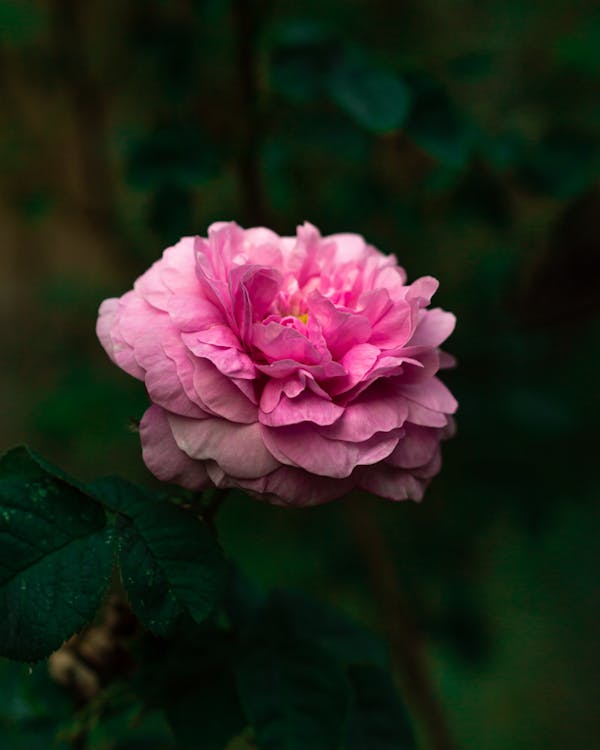
kuthi
Scientific name- Saussurea costus
Local name- Kuthi
Uses- Medicinal, Ayurvedic treatments, skincare
English name – Costus Root
Animal kingdom- Plantae
Part uses- Root
Family name – Asteraceae
Kuthi is a valuable medicinal plant known for its applications in Ayurveda, especially for treating respiratory and digestive issues.
Benefits of Kuthi include its anti-inflammatory and antimicrobial properties.
tagar
Scientific name- Valeriana wallichii
Local name- Tagar
Uses- Medicinal, stress relief, sleep aid
English name – Indian Valerian
Animal kingdom- Plantae
Part uses- Root
Family name – Caprifoliaceae
Tagar is an Ayurvedic herb primarily used for promoting relaxation and improving sleep quality.
Benefits of Tagar include its sedative and anti-anxiety properties.
jatamasi
Scientific name- Nardostachys jatamansi
Local name- Jatamasi
Uses- Medicinal, cognitive health, stress relief
English name – Spikenard
Animal kingdom- Plantae
Part uses- Root
Family name – Caprifoliaceae
Jatamasi is a well-known herb in Ayurveda, valued for its neuroprotective and calming effects.
Benefits of Jatamasi include its adaptogenic and memory-enhancing properties.
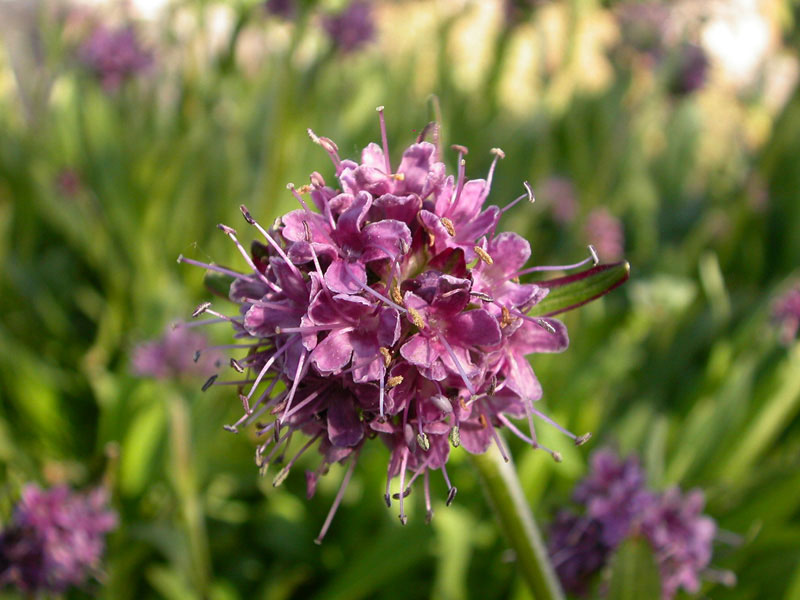
faran
Scientific name- Allium stracheyi
Local name- Faran
Uses- Culinary, medicinal
English name – Himalayan Garlic
Animal kingdom- Plantae
Part uses- Bulb
Family name – Amaryllidaceae
Faran is a high-altitude herb known for its strong flavor and medicinal benefits.
Benefits of Faran include its antimicrobial and heart-protective properties.

baal chaldi
Scientific name- Berberis aristata
Local name- Baal Chaldi
Uses- Medicinal, skin care, digestive health
English name – Tree Turmeric
Animal kingdom- Plantae
Part uses- Root, Bark
Family name – Berberidaceae
Baal Chaldi is a medicinal plant widely used in Ayurveda for its anti-inflammatory and antioxidant properties.
Benefits of Baal Chaldi include its liver-supporting and immune-boosting effects.
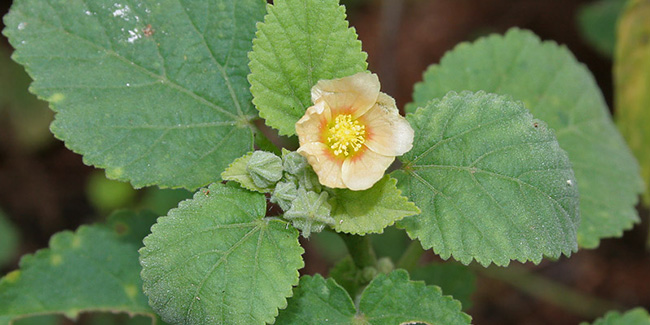
dolu
Scientific name- Rheum australe
Local name- Dolu
Uses- Medicinal, digestive aid, liver health
English name – Himalayan Rhubarb
Animal kingdom- Plantae
Part uses- Root, Stem
Family name – Polygonaceae
Dolu is a medicinal plant found in the Himalayas, traditionally used for digestive and liver disorders.
Benefits of Dolu include its detoxifying and anti-inflammatory properties.

choru
Scientific name- Angelica glauca
Local name- Choru
Uses- Medicinal, digestive aid, respiratory health
English name – Angelica
Animal kingdom- Plantae
Part uses- Root
Family name – Apiaceae
Choru, also known as Angelica, is a medicinal herb traditionally used for digestive and respiratory ailments.
